Singing Ice
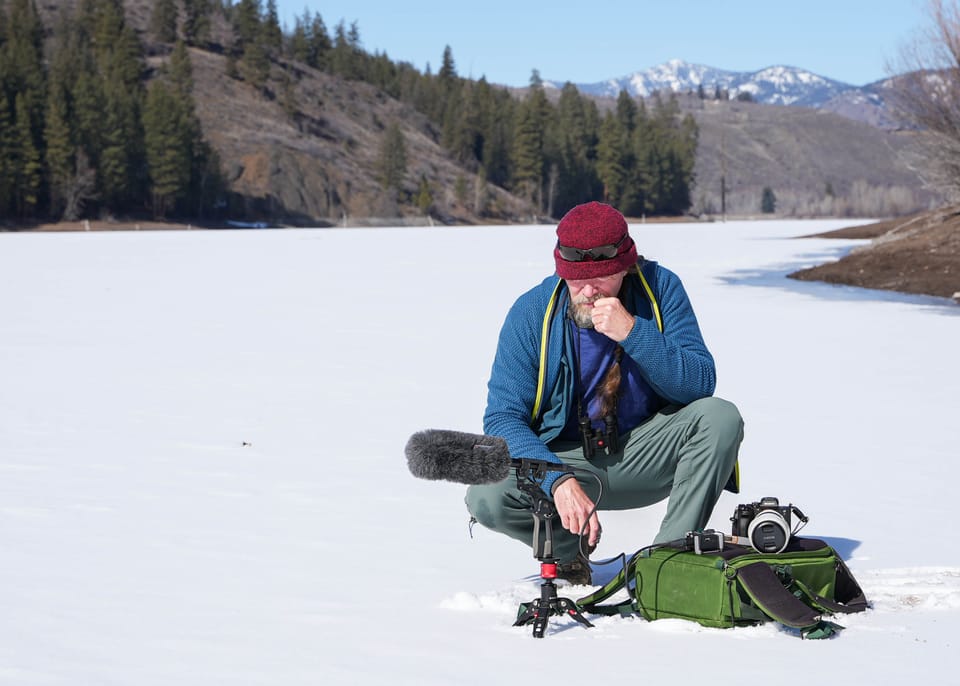
This newsletter is about curiosity and engagement, and today was a perfect example of why I love writing these newsletters.

This morning, I was all set to spend the day at my desk, writing about the separation between plants and animals. My office was warmed up, my cup of coffee had just finished brewing, and I was ready to sit down.
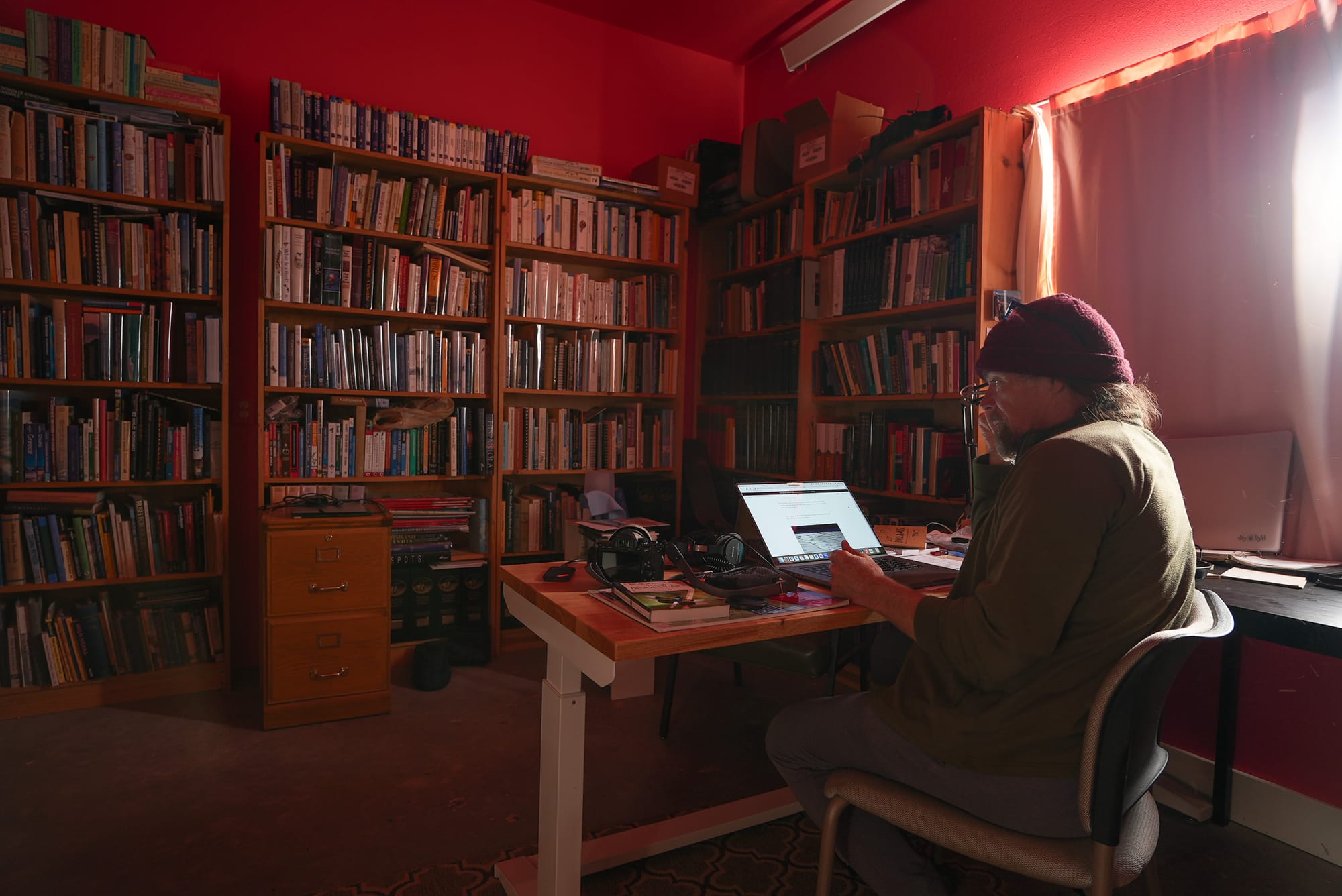
Then I stepped outside to bask in the sun for a moment...and discovered that the lake in front of our house was singing!
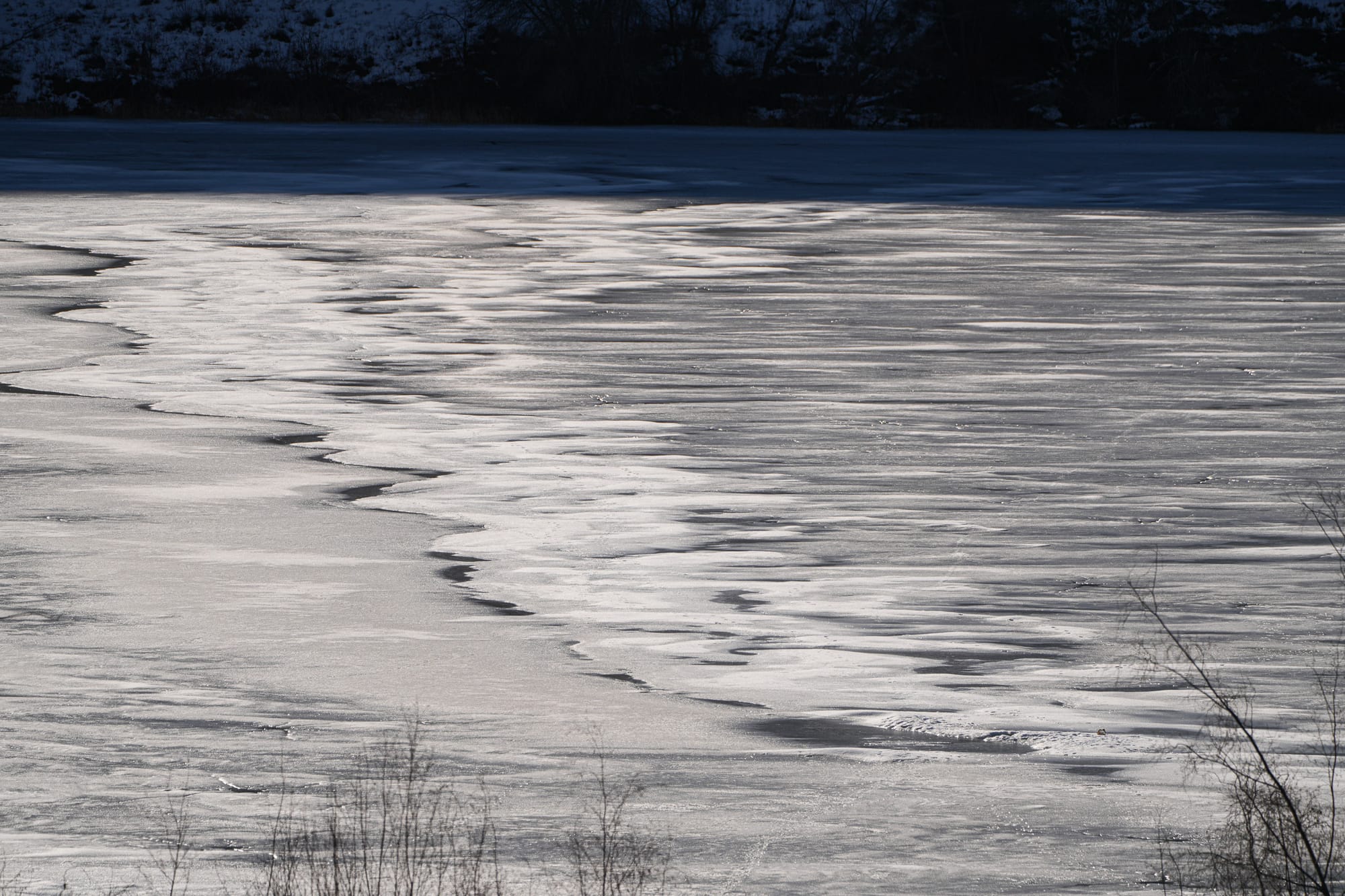
This was too good of a moment to pass up. It was the best singing I've ever heard from our house, so I dropped everything, packed up some gear, and instead of working on the newsletter I spent three hours visiting different ice-covered lakes to discover what was going on.
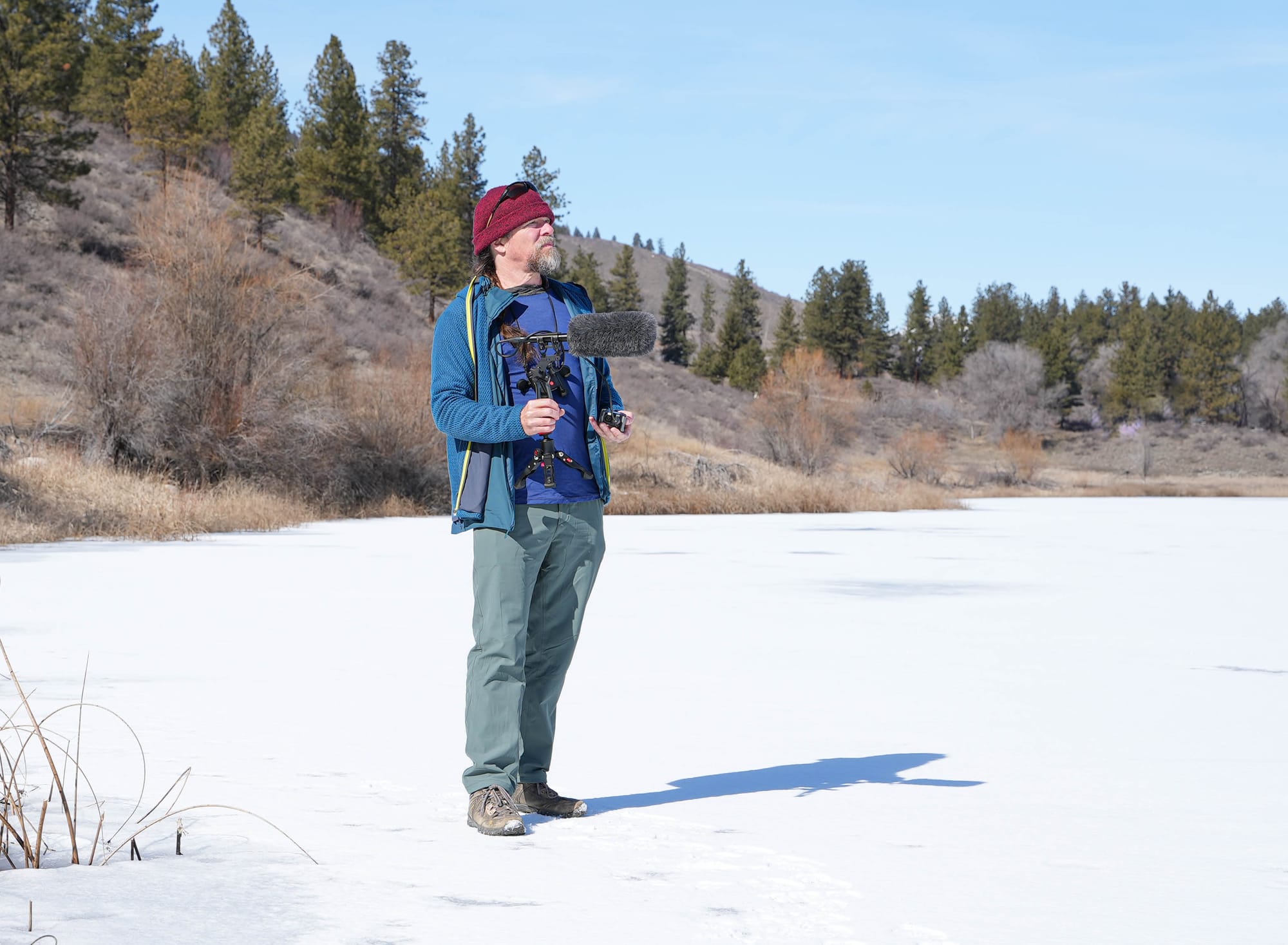
If you've never heard singing ice, it's one of nature's most haunting acoustic experiences. The sounds have been compared to seals blowing bubbles in echo chambers, to Star Wars lasers, and to the sharp cracking of whips. It's all those things, and so much more.
Jonna Jinton has one of the best examples of singing ice on YouTube.
These sounds are created as sheets of ice covering lakes expand and contract due to changing temperatures. The sounds are best heard in the fall and spring (hence today's sounds), because this is when temperatures change most dramatically between cold nights (temperatures were in the 20s last night) and warm days (today is a sunny warm day).
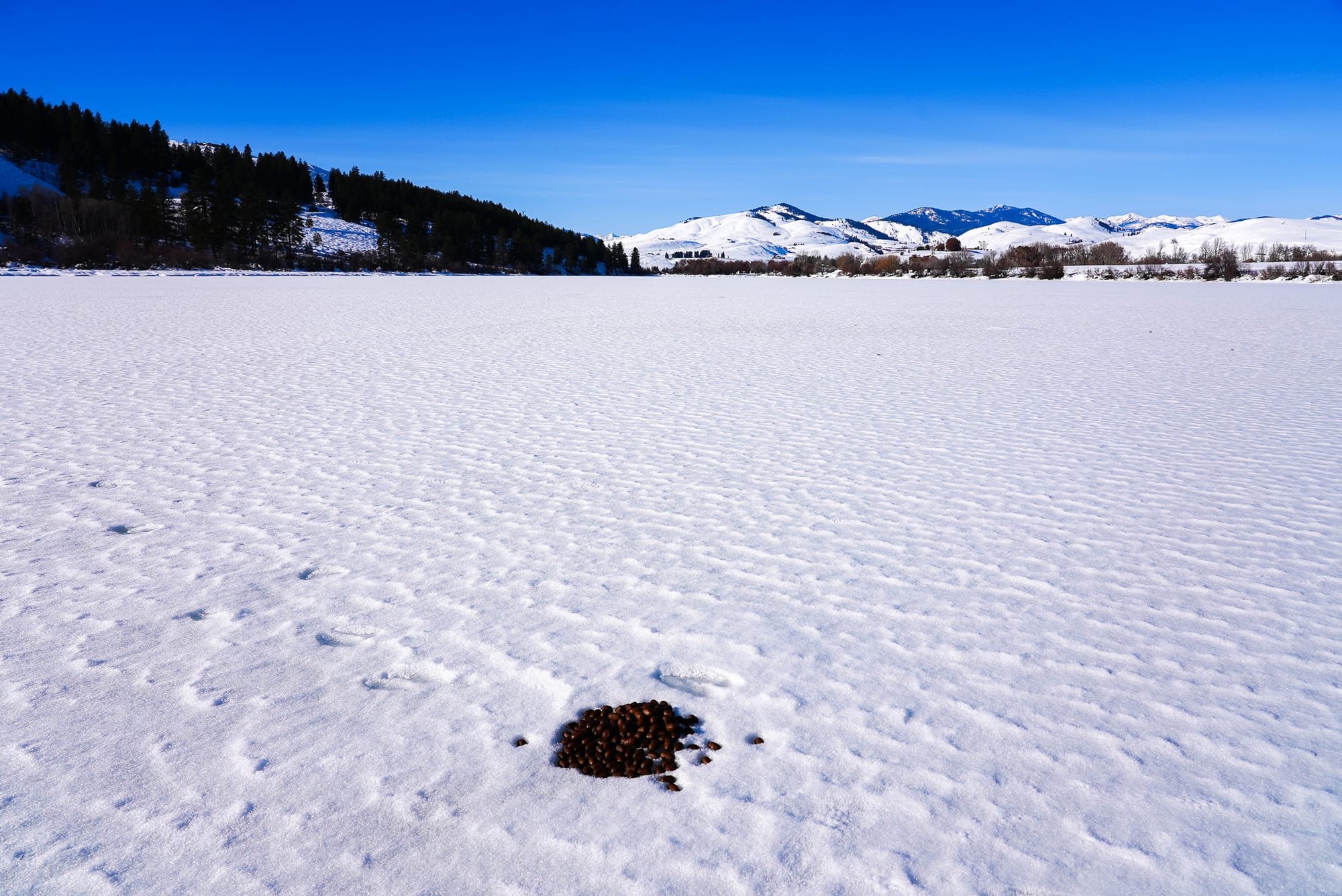
As ice expands and contracts, it creates stress that the ice releases by cracking and shifting. These sudden movements produce an otherworldly range of sounds including groans, squeals, chirps, and explosive pops.
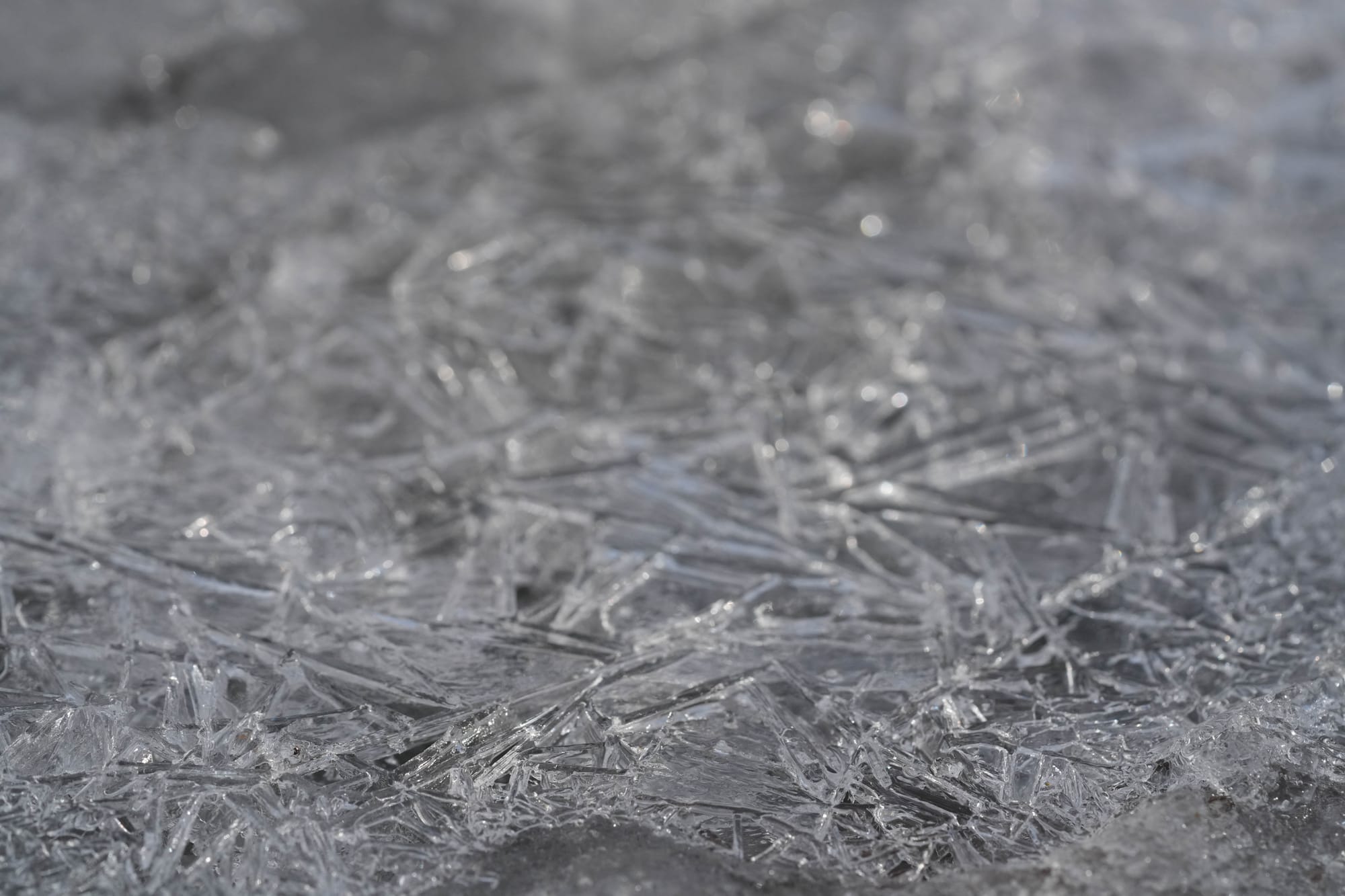
Water is an excellent transmitter of sound waves, so these sounds move extremely fast across the lake resulting in a phenomenon called acoustic dispersion. Essentially, different frequencies travel at different speeds and, given enough distance, will separate and arrive at your ear at slightly different times.
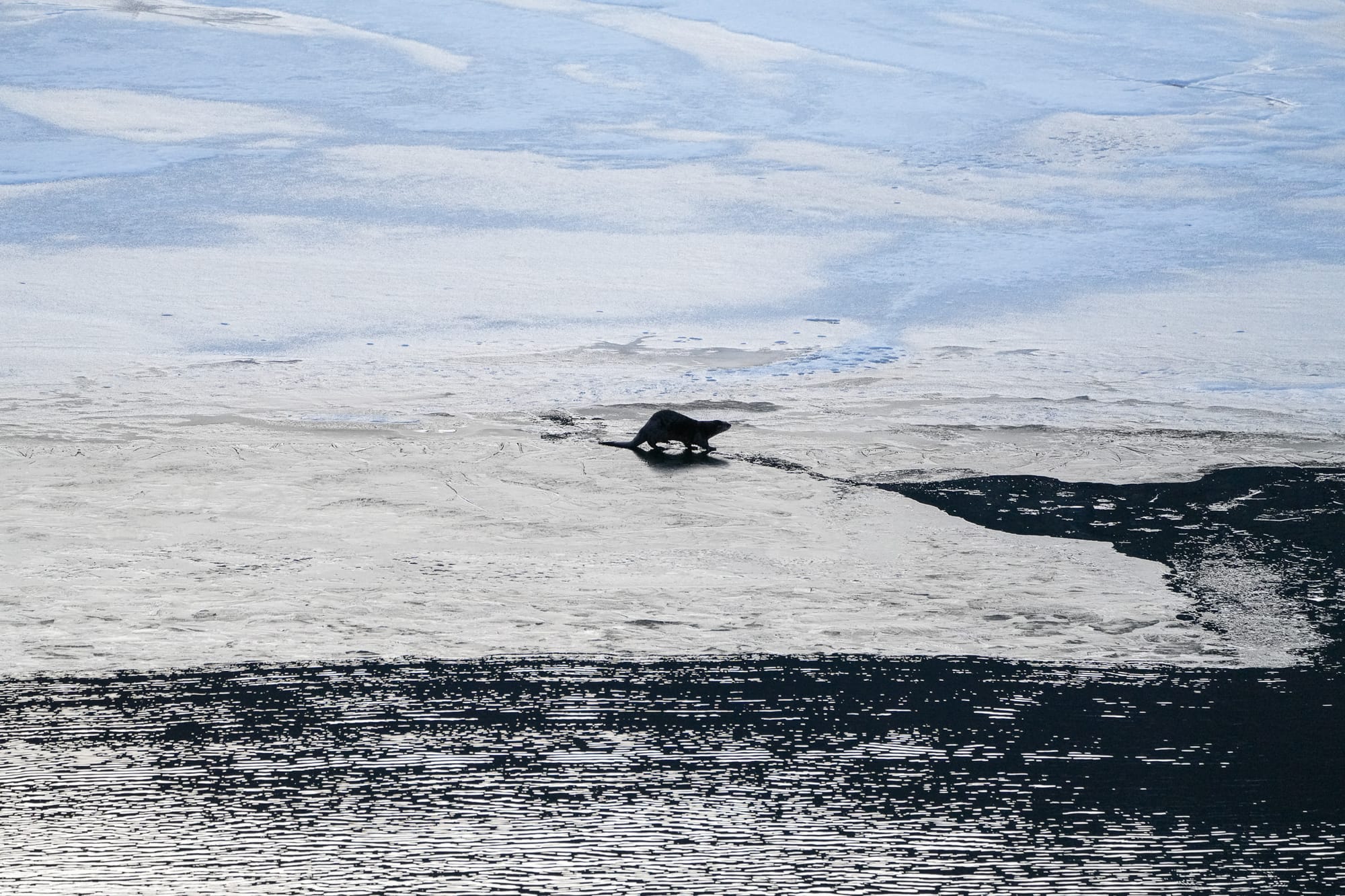
This means that high-pitched sounds arrive first, followed almost immediately by lower-pitched sounds, creating a pinging, whiplash effect.
Depending on your point of view, these mesmerizing sounds are either ethereal and beautiful, or scary. For instance, there's nothing like the experience of walking out onto the middle of a frozen lake at night, then laying on the ice as it groans, shifts, and cracks loudly underneath you!
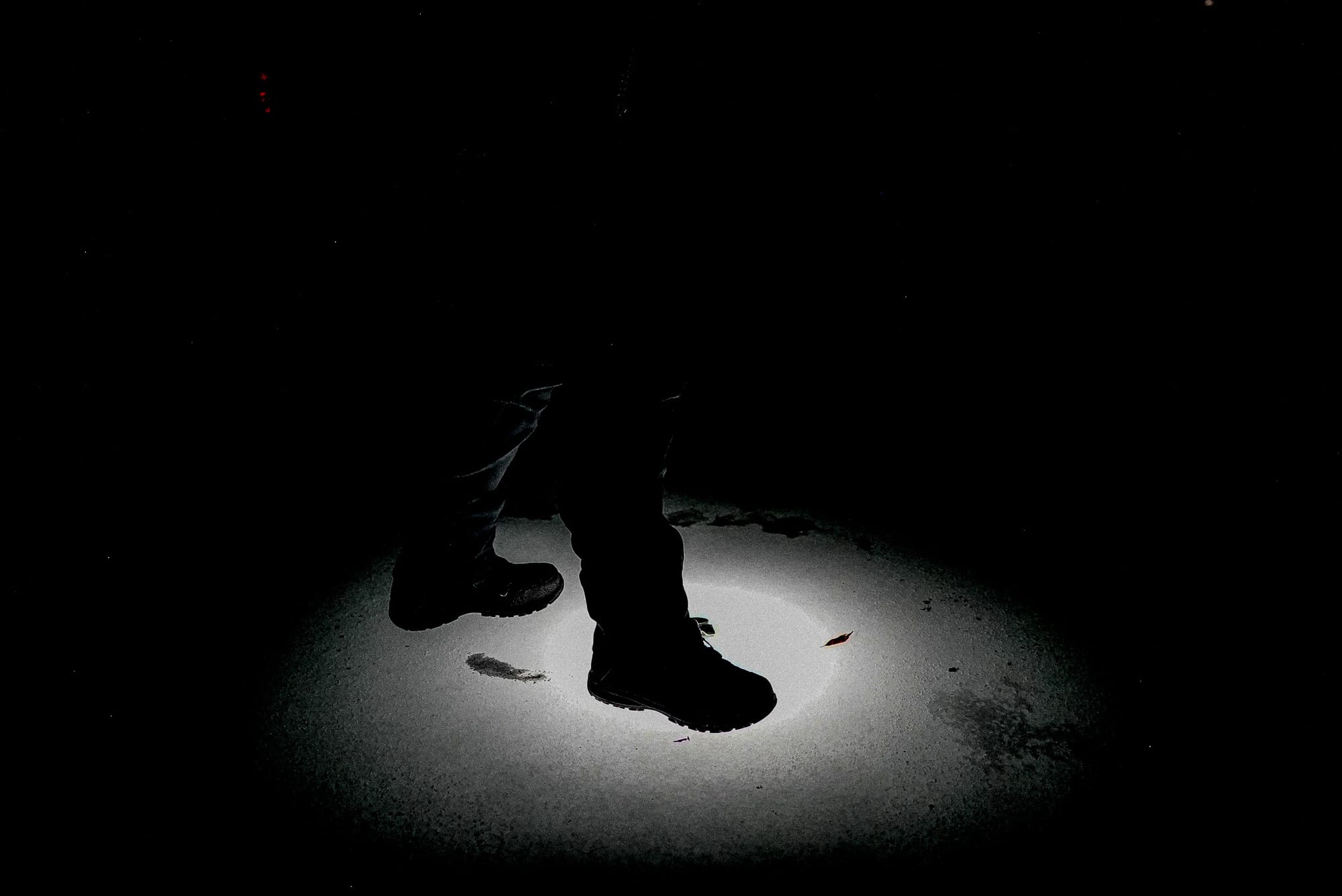

A fun explanation of how these sounds are made.
Member discussion